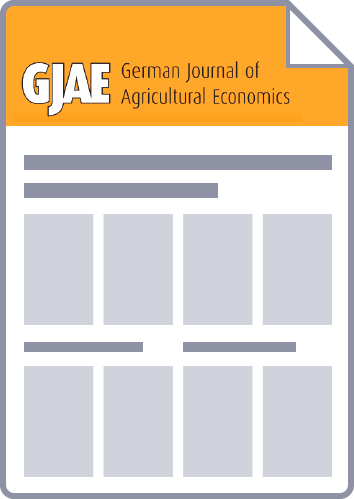We develop a agricultural model assuming that conventional production is causing environmental externalities while more benign alternative production methods generate non-market amenity benefits and obtain a price premium in the marketplace. We analyze policies targeting external benefits and costs to capture interaction effects: polluting input taxes reduce the returns and subsidies needed to induce more benign production. Thus, it is only optimal to subsidize if the additional marginal amenity benefit exceeds the marginal external cost reductions due to the input tax. Terms of trade effects imply that large (land abundant) exporters have strategic incentives to overvalue external costs while large (land scarce) importers have strategic incentives to overrate non-market benefits. The model may serve to explain principal negotiating positions of major players within the WTO agriculture-environment sphere.



